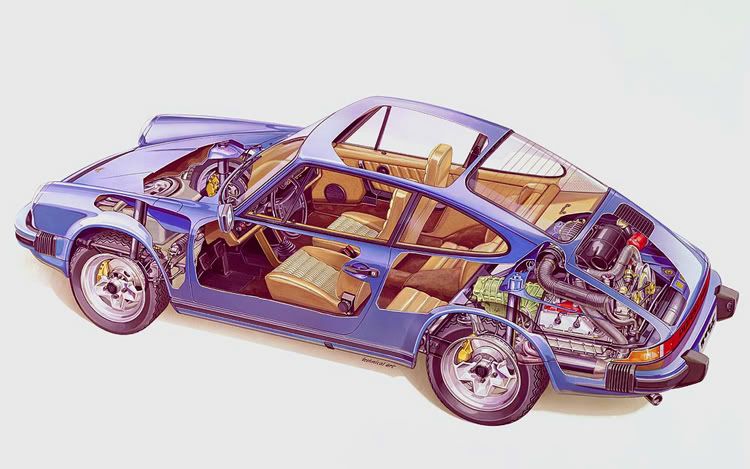Just fishing for technical info on how longer wheelbases affect performance. Saw some complaints about lack of technical threads and so thought this would be the right time to post.
What I was thinking was while a longer wheelbase might be ideal in terms of outright speed, maybe just maybe its not so good for tighter cornering required on twisty circuits and for overtaking. Wonder if this could be the reason for Massa's and even to a certain extent Raikonnen's lack of overtaking ability this season (though its still early times).
Lets not bring in aero-overtaking issues and front wings losing downforce, I am aware of those already. Just looking at wheelbases and how they affect overtaking ability. Suspect it will have a greater impact on low to medium speed corners.
Also if I'm not mistaken the other team having bad problems is Honda. Maybe a combination of a relatively long wheelbase and their lack of understanding of the Bridgestones.
How does Renault's wheelbase compare to Ferrari, McLaren and Honda? I know wheelbase info has been posted somewhere on this forum but am too lazy to find it.
What I am getting at ultimately is whether Ferrari will struggle through the season on circuits with predominantly low and medium speed corners, especially in the event that they are out-qualified by other teams. Do you think it will significantly affect them championship wise?
P.S. Of course I am arrogantly assuming that my reasoning is at least mildly accurate.
- Login or Register
No account yet? Sign up



